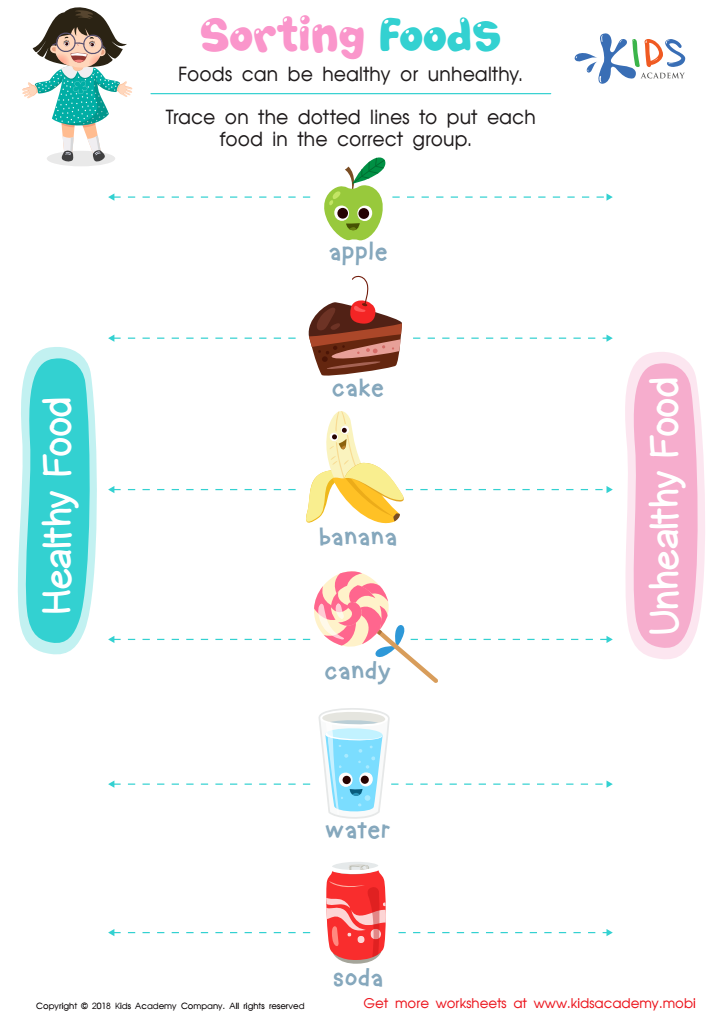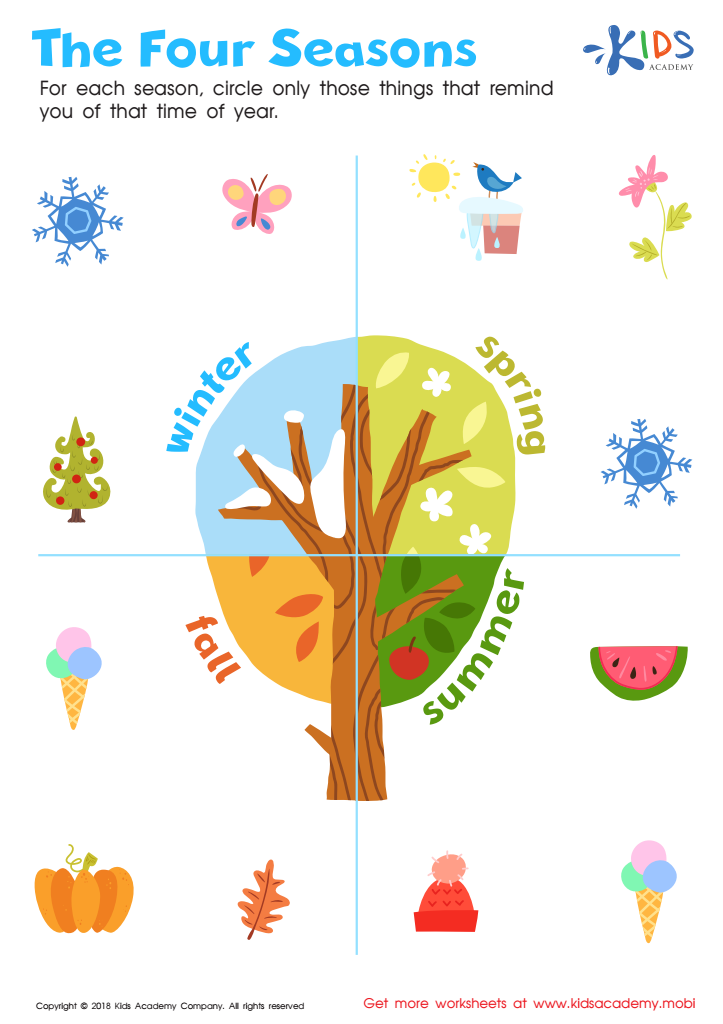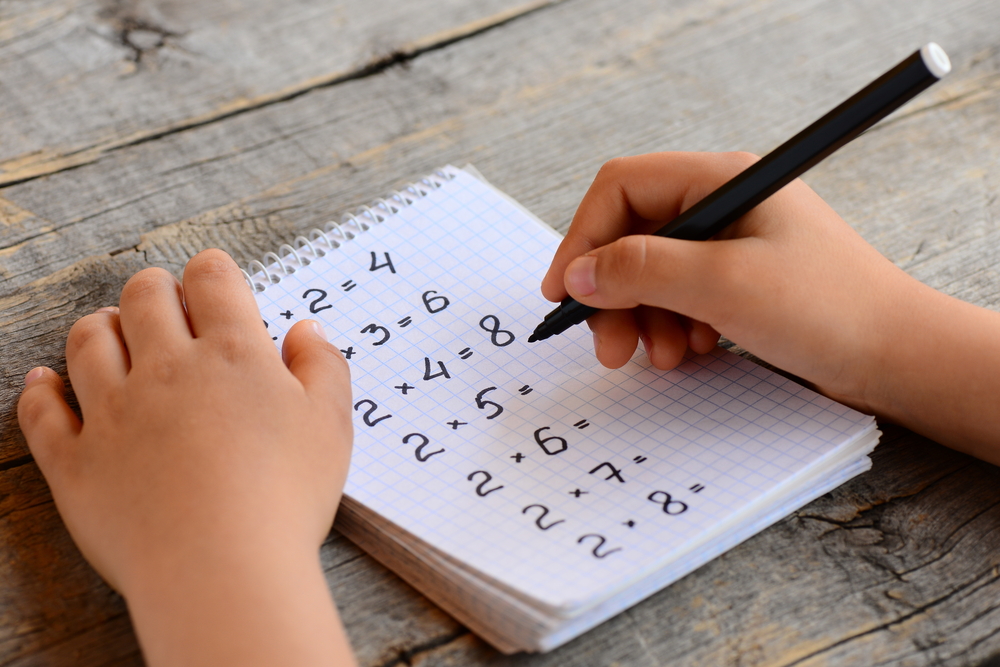Visual recognition Normal Math Worksheets for Ages 3-7
3 filtered results
-
From - To
Discover our engaging Visual Recognition Normal Math Worksheets designed specifically for children ages 3 to 7! These worksheets enhance key visual identification skills through fun and interactive math activities. Perfect for young learners, our resources aid in recognizing shapes, patterns, and numbers while developing essential mathematical foundations. Each worksheet promotes critical thinking and cognitive skills, ensuring children grasp fundamental concepts in a playful manner. Whether at home or in the classroom, our printable worksheets are an excellent tool for parents and educators alike, fostering a love for learning and setting the stage for future academic success. Begin exploring today!


Sorting Food Worksheet


Skip Counting by 10 Through Our Community Worksheet


The Four Seasons Worksheet
Visual recognition is a foundational skill in early childhood education, especially in the realm of mathematics for children ages 3-7. Parents and teachers should prioritize this skill because it significantly enhances children's ability to understand and engage with mathematical concepts. Visual recognition involves identifying shapes, sizes, patterns, and quantities, which are essential as children begin to explore numbers and simple arithmetic.
At this developmental stage, children learn best through visual and tactile experiences. Engaging with visuals allows them to express their understanding in ways that resonate with their learning style. Furthermore, developing visual recognition helps children classify objects, compare quantities, and recognize numerical patterns, establishing a strong groundwork for future math skills.
When parents and teachers support activities that promote visual recognition—through games, manipulatives, or everyday experiences—they foster a child's cognitive processing and problem-solving abilities. This groundwork not only boosts mathematical proficiency but also instills confidence, paving the way for a positive attitude towards learning. In a world increasingly relying on quantitative reasoning, nurturing visual recognition in early education prepares children for academic success, enabling them to seamlessly transition to more complex mathematical tasks as they grow.
 Assign to My Students
Assign to My Students





















